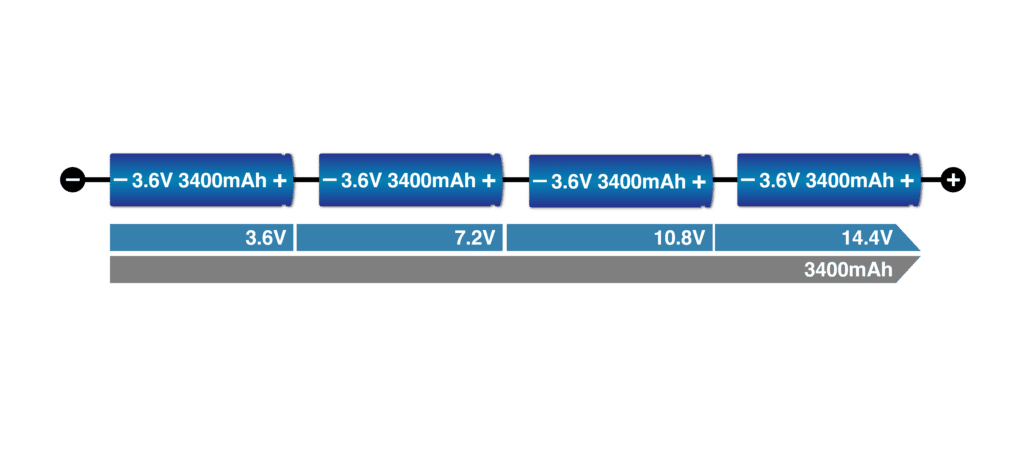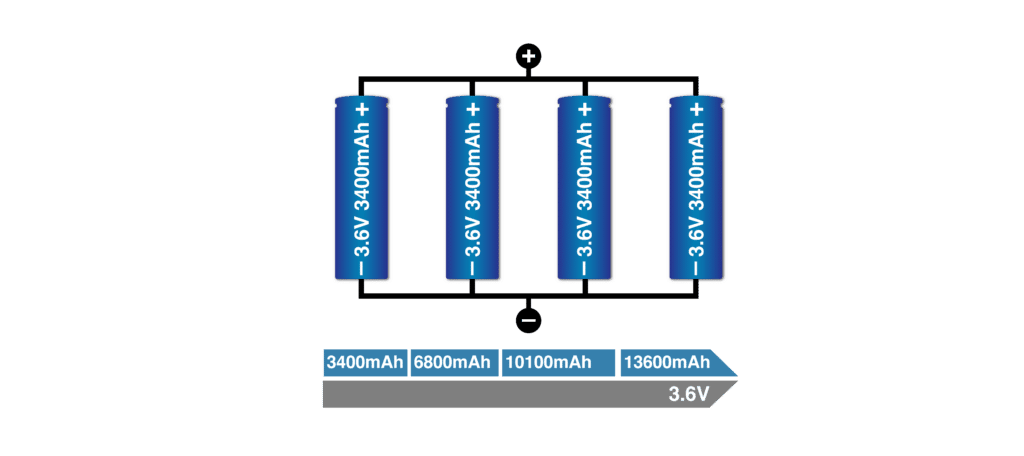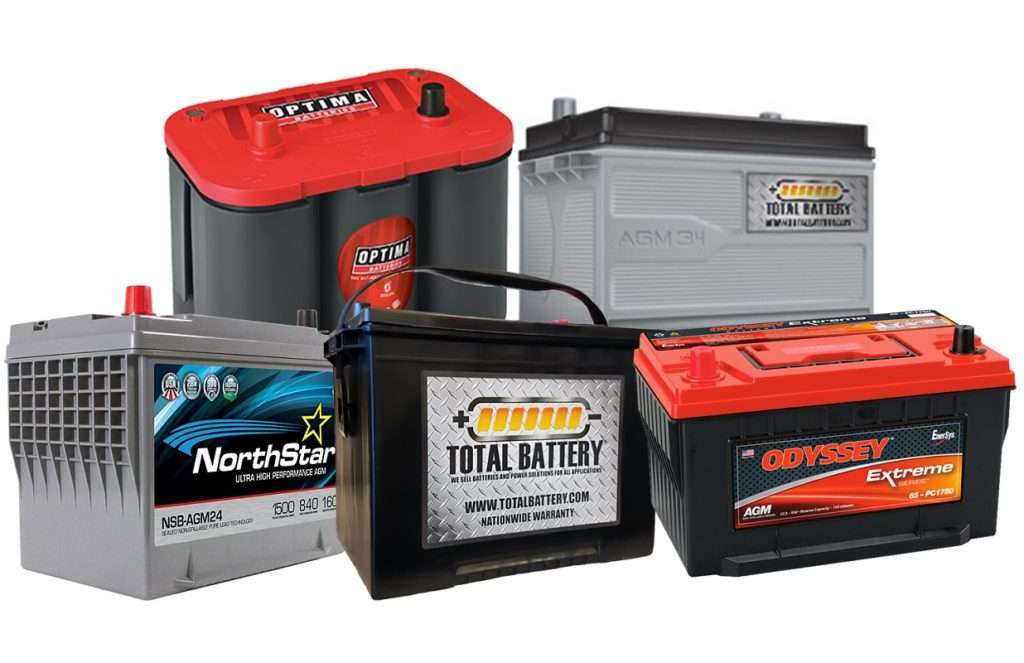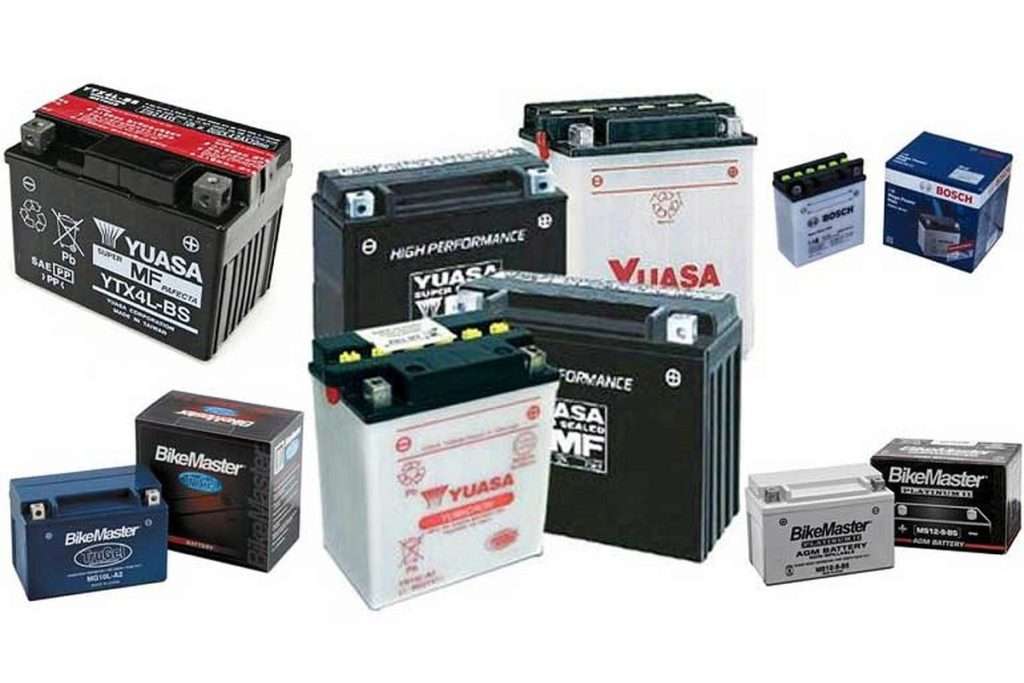How a Lithium-ion battery is made – and what does this multitude of specifications mean?
As a general rule, the majority of the batteries we use consistently are made of more modest battery cells. These make up the capacity and voltage of a battery. The capacity is a proportion of quantity, for this situation, the quantity of electric charge, the battery cells can hold for a given time frame. In this manner, the capacity should be estimated in the lab.
To comprehend a battery’s capacity to power electronic equipment, we really want to comprehend how cell combinations work in any case. Each electronic device needs a voltage and current to get running.
The voltage is a proportion of how much tension electrons need to travel through a conductor. Electric current is a proportion of how much electric charge should be applied for the electrons to move.
To construct a battery, we really want to comprehend how much voltage and the number of amps our electrical equipment that necessities to get running. In the film industry, there are some voltage guidelines that developed.
- 14.8V
- 26V
- 48V
A solitary battery cell, that is regularly used to make such batteries is a 18650 Lithium-ion cell with a rated voltage of 3.7V (The cell’s full power voltage is 4.2V). These cells likewise accompany various limits.
Presently there are two opportunities for how to associate more cells together; in parallel or in series. This implies that you put both in addition to and minus terminals of the two together or you put the in addition to of one battery to the minus terminal of the other. These two different ways either change the capacity or the voltage.
Suppose we have four 3.6V cells with a capacity of 3400mAh (3.4Ah) and we associate them in the previously mentioned ways.
Connection in Series

The Voltage has a component of 4 yet the capacity remains something very similar. You will get a rated voltage battery of 14.4V with a capacity of 3.4Ah.
Connection in Parallel

The Voltage remains equivalent yet the capacity has a component of 4. You will get a rated 3.6V battery with a capacity of 13.6Ah
At the point when a battery is being utilized, the voltage drops in relation to the current that is being drawn. The more current you draw from a battery the more voltage misfortune you will insight. Finishing where the voltage is excessively low to power your equipment, the battery should be recharged.
So what’s the significance here for the previously mentioned 4 batteries?
We really want something like 16.8V charging voltage (4.2V x 4 = 16.8V). After the battery is charged with a constant current, at 90% capacity the voltage switches to a constant level, and the current drops.
The slower you charge a battery (= with less current) the more drawn out your capacity will hold. In view of the numerous cells in a battery pack, the charger likewise needs to balance those, so that every cell arrives at its nominal voltage. This is incorporated into the battery BMS (made sense of beneath)
And safety?
Safety is a major concern when we work with electricity. As lithium-ion batteries get warm when overloaded, they could begin to consume.
So they need a committed protection circuit that measures voltage and current. This sounds extremely basic, yet a ton must be thought about while planning a protection circuit.
Imagine plugging a higher voltage charger into your battery, without protection, it would most likely begin to consume. On the off chance that you could restrict the info voltage or prevent a higher voltage from entering the battery circuit, you can safeguard the battery (and others) from being harmed.
This circuit is additionally called BMS, Battery Management System. Every one of our batteries features this protection circuit. We shield our batteries from over-current, over-charge, over-discharge and over-heat.
You might put the addition to and minus terminal together, in this way shorting the battery. The BMS will dismiss in to cut from the voltage and you’re protected.
How could I store my batteries?
At the point when a battery pack is gathered, there is miniature current streaming consistently. One explanation is the protection circuit that should be powered, as well as different factors.
We want to keep this as low as could be expected. So regardless of whether not being used, your battery will get completely discharged at a certain point.
There are a couple of things you can do to shield your batteries from harm.
- Never store void batteries – they can reach a place where there is no chance of re-energizing them.
- In the event that you store your batteries for over 90 days, ensure they are charged to around half – assuming you store them for under 90 days a similar capacity rate is recommended.
- In the event that you store your batteries for a more drawn-out time frame than 90 days, make a point to charge and discharge them like clockwork.
Anyway, which battery do I really want?
This Question can’t be addressed immediately. To begin with, you need to ponder which equipment you might need to power from batteries, and how long they should rearward in the best case. This implies:
- Which Voltage does the equipment, I need to utilize, run on?
- What number of Amps does the equipment draw, on the previously mentioned voltage?
The equations to compute these qualities can be viewed as above. Assuming you responded to this question we have something, to begin with.
To begin with, you know which voltage you really want (14.8V/26V/48V) and the current heap of the equipment (estimated in Amps)
You can now tell which batteries could work with your equipment while checking out the voltage and current level of every battery. With these qualities, you can work out the required running time. Along these lines, it depends on you. You can pick a battery with the most capacity or one that simply works for the negligible time you want it.


